Tsunami
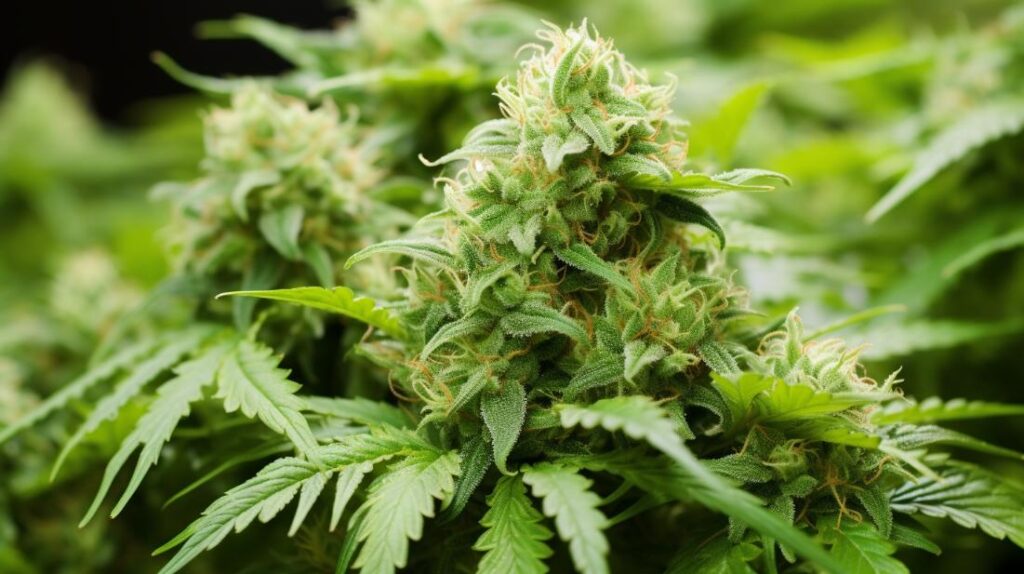
The Tsunami strain emerges from a rich genetic lineage, with roots tracing back to Northern Lights, Afghani, Blueberry, and Purple Thai, among potentially undisclosed strains, creating a balanced hybrid that leverages the therapeutic advantages and sensory experiences of both indica and sativa varieties. With a THC potency of approximately 19%, Tsunami caters mainly to users with a preference for profound psychoactive effects, while its terpene profile, dominated by myrcene and caryophyllene, offers a complex aroma and an array of potential health benefits, such as anti-inflammatory properties and sedative effects.
Its effects include inducing calmness, drowsiness, alleviation of anxiety, and hunger, making it a sought-after strain for medical purposes, including pain relief, insomnia, and stress management. Despite its benefits, users should be aware of possible adverse effects like dry mouth and paranoia. The multifaceted nature of Tsunami’s genetics, effects, and potential medical uses paints a picture of a strain with significant versatility and depth, inviting further exploration into its characteristics and applications.
Genetic Lineage
Exploring the genetic ancestry of the Tsunami strain reveals a varied tapestry of cannabis varieties, such as Northern Lights, Afghani, Blueberry, Purple Thai, and potentially other undisclosed strains, each bringing unique characteristics to this hybrid’s intricate profile. This mix of indica and sativa genetics creates a complex foundation, influencing not only Tsunami’s therapeutic potential but also its sensory attributes. Interestingly, the inclusion of Northern Lights, a mostly indica variety renowned for its resinous buds and fast flowering times, introduces a deep relaxation effect and a distinct earthy aroma to Tsunami’s profile.
Analyzing the hybrid nature of Tsunami, it becomes clear that the balance between sativa and indica components is a deliberate effort to harness the best of both worlds. The genetic interaction results in a subtle synergy, offering a harmonious spectrum of effects that cater to a wide range of preferences and medical needs. This genetic blend also determines Tsunami’s potency and flavor profile, illustrating the crucial role of heritage in the strain’s overall character. Understanding the genetic lineage of Tsunami not only provides insights into its origins but also helps in predicting its effects, aroma, and potential applications, making it a topic of interest for both enthusiasts and medical patients alike.
THC/CBD Content
Boasting a THC potency of approximately 19%, the Tsunami strain stands as a potent option for those accustomed to high THC cannabis varieties. This level of tetrahydrocannabinol (THC) places Tsunami in the upper echelon of cannabis strains, particularly appealing to experienced users seeking profound psychoactive effects. The predominance of THC in this strain is a deliberate cultivation choice, aimed at maximizing the psychotropic and therapeutic potential inherent in its genetic makeup.
The high THC content in Tsunami is central to its purported benefits, including profound relaxation, sleepiness, and an elevated mood. These effects are attributed to THC’s interaction with the body’s endocannabinoid system, particularly the CB1 receptors in the brain, which play a pivotal role in modulating neurophysiological processes. Therefore, Tsunami’s THC-rich profile makes it a sought-after strain for individuals dealing with pain, insomnia, and stress-related conditions.
Contrastingly, Tsunami is not typically high in cannabidiol (CBD), the non-intoxicating cannabinoid known for its therapeutic potential without the psychoactive effects. This deliberate focus on THC over CBD underscores Tsunami’s design as a strain for those prioritizing strong psychoactive outcomes over CBD’s subtler health benefits.
Terpene Profile
The terpene profile of the Tsunami strain, abundantly rich in myrcene and caryophyllene, plays a crucial role in defining its aroma, flavor, and potential therapeutic effects. These terpenes, along with others present in Tsunami, contribute to a complex interplay that may enhance the strain’s overall entourage effect, amplifying its medicinal qualities. Understanding this profile allows users to better predict how Tsunami might impact their experience and well-being.
Key components of the Tsunami strain’s terpene profile include:
-
Myrcene: This terpene imparts an earthy and herbal aroma to Tsunami, which is often associated with potential sedative effects. Myrcene is known for its role in enhancing the permeability of cell membranes, potentially facilitating a more efficient absorption of cannabinoids.
-
Caryophyllene: Adding spicy and peppery notes, caryophyllene contributes not just to the strain’s aroma but also offers potential anti-inflammatory properties. It is unique among terpenes for its ability to interact with CB2 receptors, similar to cannabinoids.
-
Other Terpenes: While myrcene and caryophyllene are predominant, Tsunami also contains a spectrum of other terpenes that contribute to its distinctive profile, further influencing its aroma and possibly augmenting its therapeutic effects through synergy.
Effects
Distinguished by its varied terpene profile, the Tsunami strain displays a spectrum of effects such as calmness, drowsiness, and an elevated mood, rendering it a point of fascination for both recreational and medicinal users. As a heavy indica, Tsunami is particularly noted for its profound relaxation effects. Users often report a significant easing of tension, both physically and mentally, which shifts into sleepiness. This makes Tsunami a popular choice among those seeking relief from insomnia or high stress levels.
The effects of Tsunami extend beyond mere relaxation, with many users experiencing an increase in happiness and mood elevation. This is particularly beneficial for individuals dealing with anxiety or depression, as it provides a temporary reprieve from their symptoms. However, it’s important to note that Tsunami can also induce hunger, making it effective for those who suffer from loss of appetite.
| Effect | Description | Commonness |
|---|---|---|
| Relaxation | Deep physical and mental ease | Very Common |
| Sleepiness | Induces drowsiness, aiding in sleep | Common |
| Happiness | Elevates mood, offering temporary relief from stress | Common |
| Side Effects | May include dry mouth and paranoia | Less Common |
This detailed overview underscores Tsunami’s significant impact on relaxation and mood, highlighting its position as a heavy indica with a broad range of applications.
Medical Uses
Many individuals search for the Tsunami strain for its therapeutic benefits, especially in the areas of pain relief, insomnia, and stress management. As a type of medical marijuana, Tsunami has garnered attention for its potent effects that cater to a variety of medical conditions. The strain’s use in the domain of medicinal treatment is supported by a significant body of anecdotal evidence, indicating its efficacy and potential as a therapeutic agent.
The medical applications of the Tsunami strain are diverse, encompassing:
-
Pain Relief: Tsunami has shown promising results in alleviating various types of pain, offering a natural alternative to traditional painkillers.
-
Anxiety and Stress Management: With a reported 100% anxiety relief rate among users, Tsunami is highly regarded for its calming and relaxing effects, making it an ideal choice for those looking to manage anxiety and stress.
-
Insomnia and Appetite Stimulation: Approximately 50% of users report experiencing relief from insomnia and lack of appetite, highlighting Tsunami’s role in promoting restful sleep and healthy eating habits.
Given these therapeutic applications, it is important for individuals to seek professional advice before using Tsunami for medical conditions. This guarantees safe and effective usage, tailored to the specific needs of the patient.
Flavor and Aroma
Beyond its therapeutic applications, Tsunami strain captivates connoisseurs with its complex flavor and aroma profile, marking a significant aspect of its appeal. The strain’s flavor is primarily defined by an intriguing mix of earthiness, diesel fuel, and pine. This blend, rooted in its terpene profile which prominently features myrcene and caryophyllene, contributes to a sensory experience that is both unique and multifaceted. The myrcene terpene is known for its herbal, earthy quality, which pairs seamlessly with the spicy, peppery notes brought forth by caryophyllene. Together, they lay a foundation for the strain’s distinctive flavor, further enriched by subtle hints of blueberry, ammonia, and skunk in its aroma.
Analyzing the potency of Tsunami, it becomes evident that its complex flavor and aroma profiles are not merely superficial attributes but are closely linked to its overall importance. The unique combination of flavors and scents plays a vital role in the strain’s effectiveness, offering a pleasant and potent blend that enhances the user’s experience. The presence of herbal, citrus, and pine undertones rounds out the profile, ensuring a memorable and enjoyable consumption experience for both novice and seasoned users alike.
Appearance
The visual allure of the Tsunami strain is immediately noticeable, with its dense, conical buds that are accentuated by bright orange hairs against a backdrop of light green, all heavily dusted with trichomes signaling its high potency. This characteristic trichome coverage is not only a demonstration of the Tsunami strain’s aesthetic appeal but also a reliable indicator of its elevated THC content, suggesting that the potency is higher THC-wise. The strain’s appearance is a reflection of its quality and the meticulous cultivation practices employed to produce such a well-developed product.
Analyzing the visual characteristics of the Tsunami strain reveals several key points:
- Dense and Conical Buds: The compact, cone-shaped buds are a physical representation of the strain, designed to maximize the surface area covered by trichomes.
- Coloration: The vibrant interplay of bright orange hairs against a light green canvas enhances the visual appeal, suggesting a rich cannabinoid and terpene profile.
- Trichome Coverage: The abundant trichomes not only contribute to the strain’s shimmering appearance but are also a direct indication of its high THC potency, promising a potent experience for consumers.
Grow Information
Understanding the visual characteristics of the Tsunami strain sets the stage for an exploration of its cultivation requirements and growth patterns. Originating from the esteemed parent strains Northern Lights and Afghani, Tsunami is a hybrid that demonstrates a unique blend of genetic traits conducive to both experienced and novice cultivators. With a THC potency of around 19%, it’s a strain that commands attention to detail in its growth process to fully harness its calming effects, widely sought for pain, insomnia, and stress relief.
The cultivation of Tsunami is marked by its light green coloration, bright orange hairs, and dense conical bud structure. These physical attributes not only contribute to its aesthetic appeal but also indicate the plant’s health and vigor.
| Characteristic | Detail |
|---|---|
| Parent Strains | Northern Lights, Afghani |
| THC Potency | ~19% |
| Aroma | Herbal, Earthy, Citrus, Pine |
| Effects | Calming, Pain Relief, Insomnia, Stress Relief |
| Appearance | Light Green, Bright Orange Hairs, Dense Conical Buds |
This table encapsulates the foundational aspects of Tsunami’s growth information, highlighting its lineage, potency, aromatic profile, and its visual and therapeutic appeal, which are all critical for cultivators aiming to maximize its potential.
Adverse Effects
While Tsunami strain boasts several therapeutic benefits, it is not without potential adverse effects on users, including paranoia, dry mouth, dry eyes, dizziness, and increased heart rate. The manifestation of these side effects can vary among individuals, often influenced by factors such as dosage, individual sensitivity, and the method of consumption. It’s important for users to be aware of these potential reactions to mitigate risks and guarantee a positive experience.
From a scientific perspective, the adverse effects reported by users of the Tsunami strain can be categorized into three main areas:
-
Neurological Effects: Paranoia and dizziness fall under this category, where the psychoactive properties of the strain may overly stimulate the central nervous system, leading to these side effects.
-
Ocular and Oral Health: Dry mouth and dry eyes are a direct result of the strain’s influence on the salivary and lacrimal glands, reducing their secretions.
-
Cardiovascular Responses: An increased heart rate is a common physiological response to cannabis use, attributed to the strain’s THC content stimulating the sympathetic nervous system.
Understanding these side effects is important for both recreational and medicinal users, enabling them to make informed decisions regarding the use of the Tsunami strain.
Comparisons with Similar Strains
How does the Tsunami strain compare to other hybrid strains regarding THC potency, medicinal benefits, and potential adverse effects?
Originating from a robust lineage of Northern Lights and Afghani, the Tsunami strain stands out with a THC potency of approximately 19%. This places Tsunami in the higher spectrum of THC levels among hybrid strains, making it a preferred choice for those seeking profound relaxation and a euphoric state. Its distinctive herbal, earthy aroma, complemented by citrus and pine undertones, offers a unique sensory experience that differentiates it from other hybrids.
The Tsunami strain’s medicinal properties are notably versatile, addressing a range of conditions from pain relief to insomnia management and stress alleviation. This broad therapeutic potential is attributed to its balanced hybrid genetics, providing a combination of sativa and indica benefits. In comparison, other hybrids might lean towards either a more stimulating or sedative effect, but Tsunami maintains a middle ground, making it suitable for various medicinal purposes.
Adverse effects are similar to those observed in other potent hybrid strains, including dry mouth and eyes, with its high THC content necessitating cautious consumption, especially for inexperienced users. The strain’s ability to induce sleepiness and hunger also mirrors common reactions among hybrids, further emphasizing its balanced nature.
Research and Studies
Recent studies on the Tsunami strain have highlighted its significant therapeutic potential, especially its efficacy in pain relief, insomnia treatment, and stress reduction, due to its notable THC content of around 19%. This hybrid, a cross between Northern Lights and Afghani, is distinguished not just by its potent effects but also by its complex aromatic profile, combining earthy, diesel, and pine flavors with hints of blueberry and skunk.
The effects are mainly:
- Calming: Its high THC potency contributes to a profound sense of relaxation, making it a preferred choice for those seeking to alleviate stress.
- Sedative: Users frequently report significant improvements in sleep patterns, attributing these benefits to the strain’s ability to induce a state of peaceful sleepiness.
- Pain Relief: Its effectiveness in managing pain has been supported by numerous user reports, suggesting the strain’s potential in treating chronic pain conditions.
This body of research underscores the Tsunami strain’s utility in medical cannabis programs, especially for patients with specific therapeutic needs. Its effects are mostly suitable for evening or nighttime use, given its mainly sedative and relaxing properties.
History and Origin
The Tsunami strain, a hybrid offspring of Northern Lights and Afghani, has a murky lineage that elicits much speculation among cannabis researchers and enthusiasts alike. This potent blend combines the best of its parent strains, offering a unique profile that has made Tsunami a sought-after variety in the cannabis community. Despite its cloudy origins, the strain’s genetic makeup has been carefully analyzed, revealing a complex tapestry of traits that contribute to its distinctive effects and aroma.
| Parent Strain | Characteristics | Contribution to Tsunami |
|---|---|---|
| Northern Lights | Earthy, pine aroma | Relaxing effects |
| Afghani | Herbal notes | High THC potency |
| Hybrid Blend | Citrus hints | Happiness-inducing effects |
Tsunami’s history is as deep and nuanced as its aroma, with roots stretching back to the famed Northern Lights, a hallmark of quality in the cannabis world. The inclusion of Afghani genetics introduces a robustness and depth, further enriching the Tsunami strain’s profile. As Tsunami comes to be more widely recognized and appreciated for its therapeutic and recreational potential, its origin story remains a fascinating subject of discussion, bridging the gap between ancient tradition and modern cannabis culture.
Frequently Asked Questions
What Strain Is Tsunami?
The query pertains to the genetic origins of a specific cannabis variety. Tsunami is a hybrid strain, meticulously developed through the crossbreeding of Northern Lights and Afghani, characterized by its distinct herbal and earthy profile.
Is Sour Tsunami a Sativa?
Sour Tsunami, with its hybrid origins, is primarily recognized as a sativa-dominant strain. This classification stems from its genetic lineage, which combines Sour Diesel and NYC Diesel, imparting it with unique, therapeutic properties.
What Is the Most Powerful Indica Strain?
The most powerful indica strain is often determined through genetic influence, with THC levels potentially exceeding 30%. Strains like Godfather OG embody these characteristics, offering profound sedating effects, ideal for experienced users seeking intense relaxation.
Is Orange Tsunami Strain Indica or Sativa?
The Orange Tsunami strain is mainly indica, derived from a lineage that includes Orange Bud and Tsunami strains. This genetic background results in a strain emphasizing indica’s relaxing effects, with a distinctive citrus aroma profile.

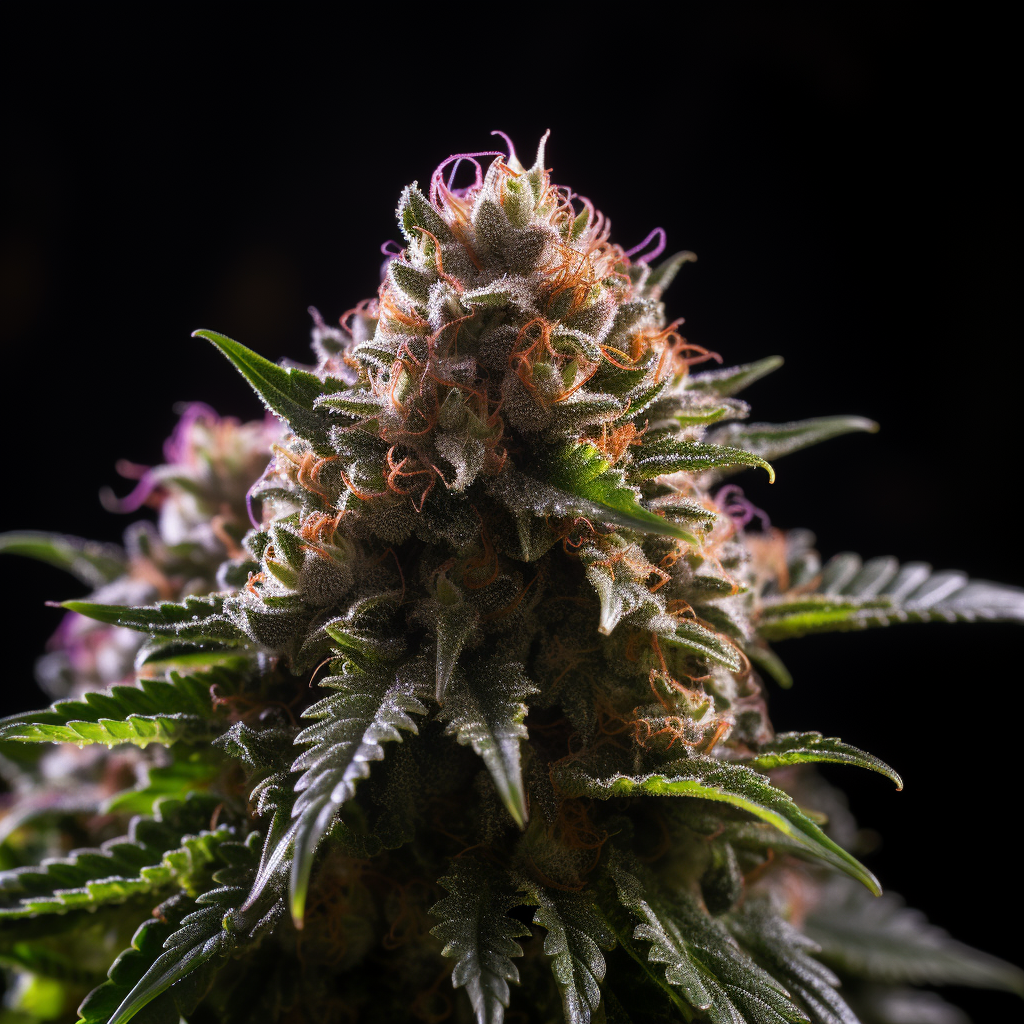
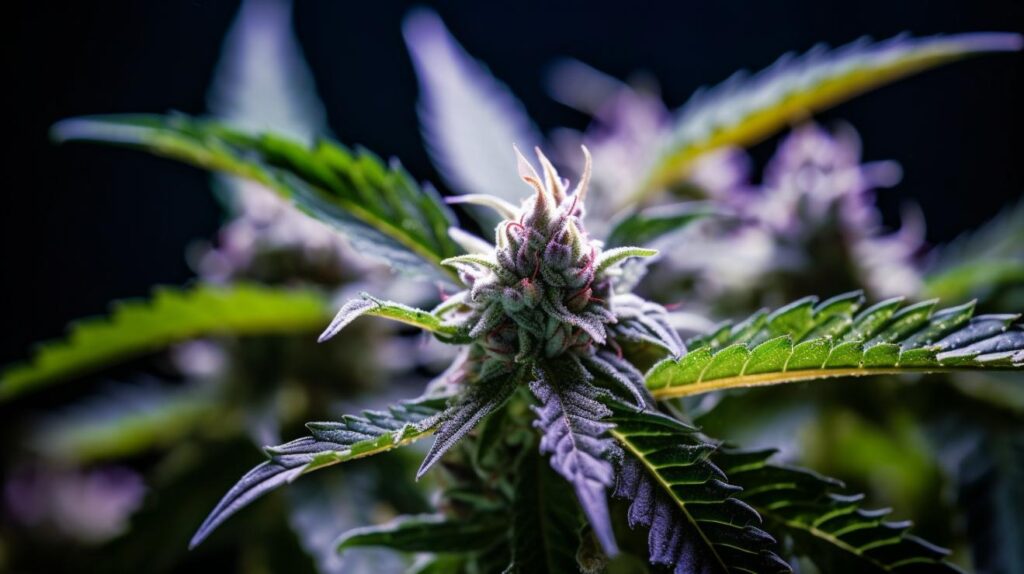
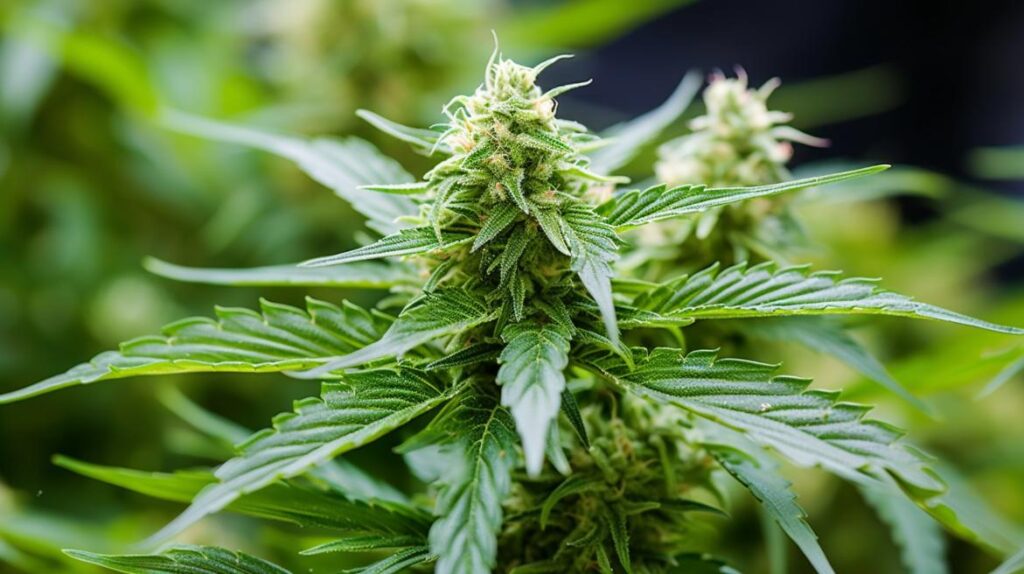
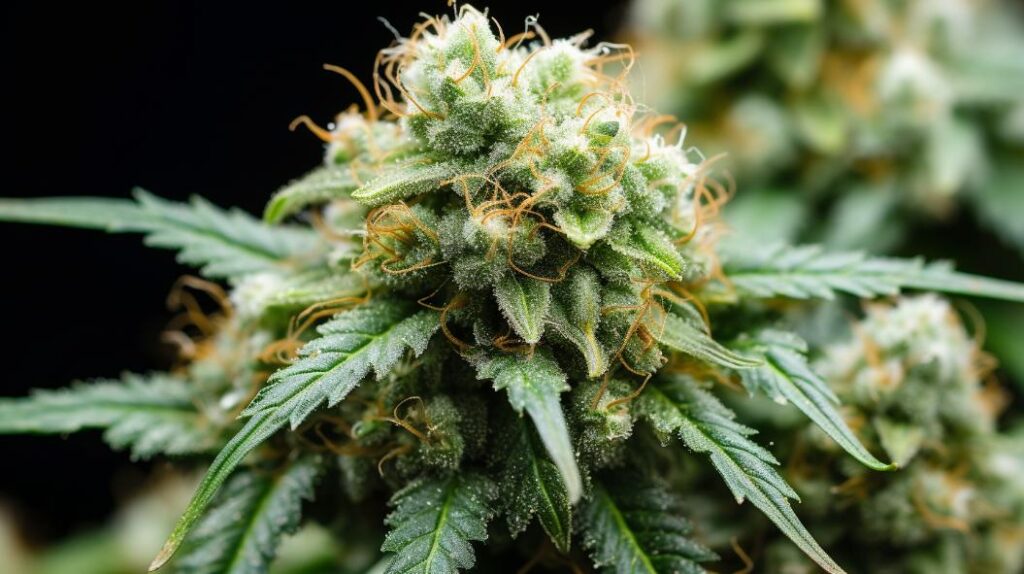
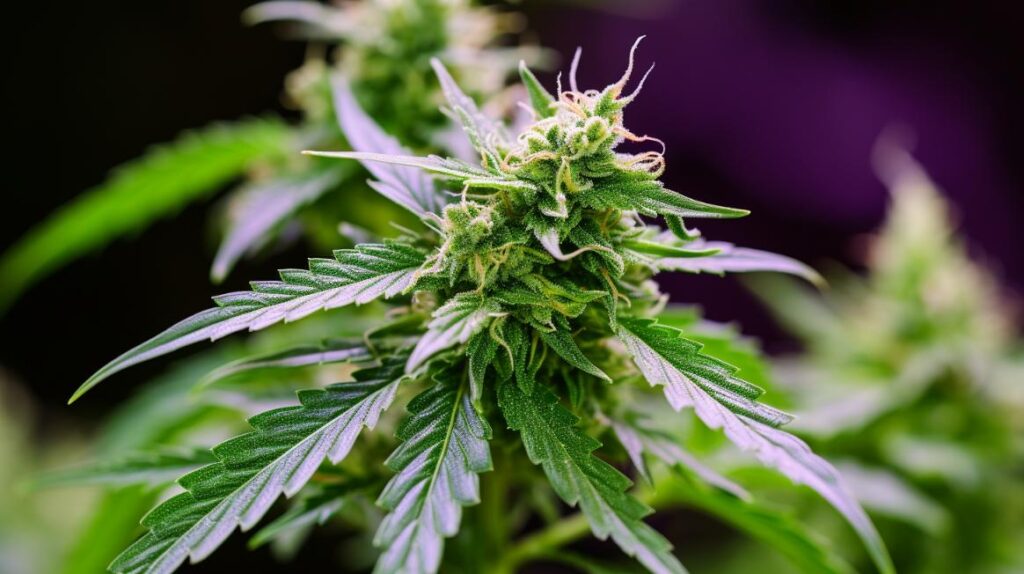

Responses